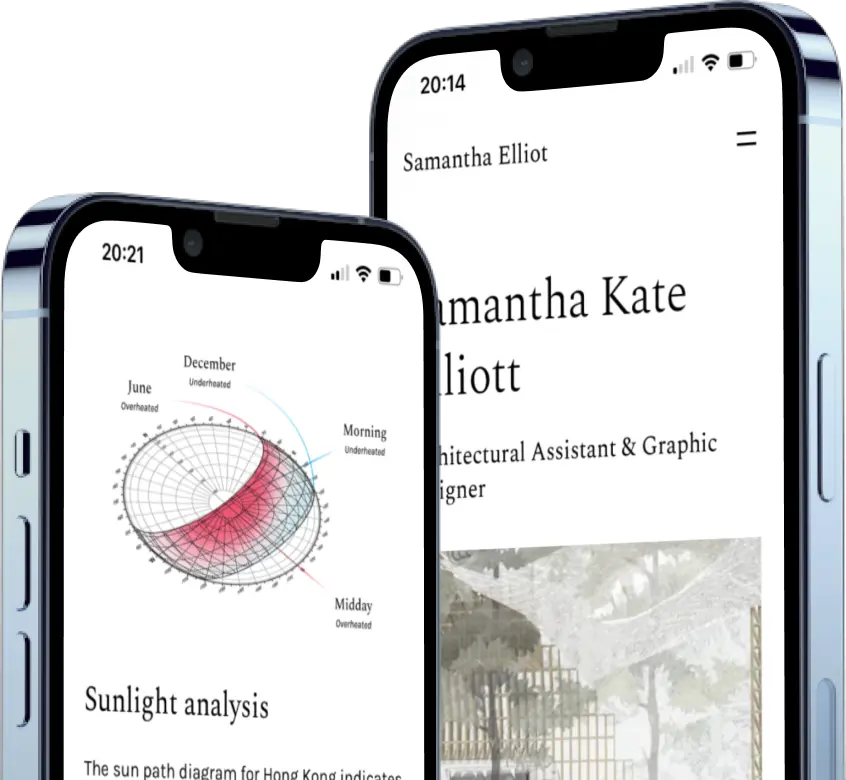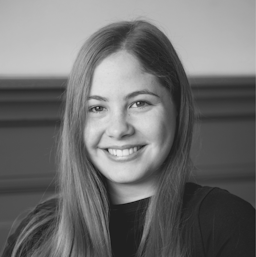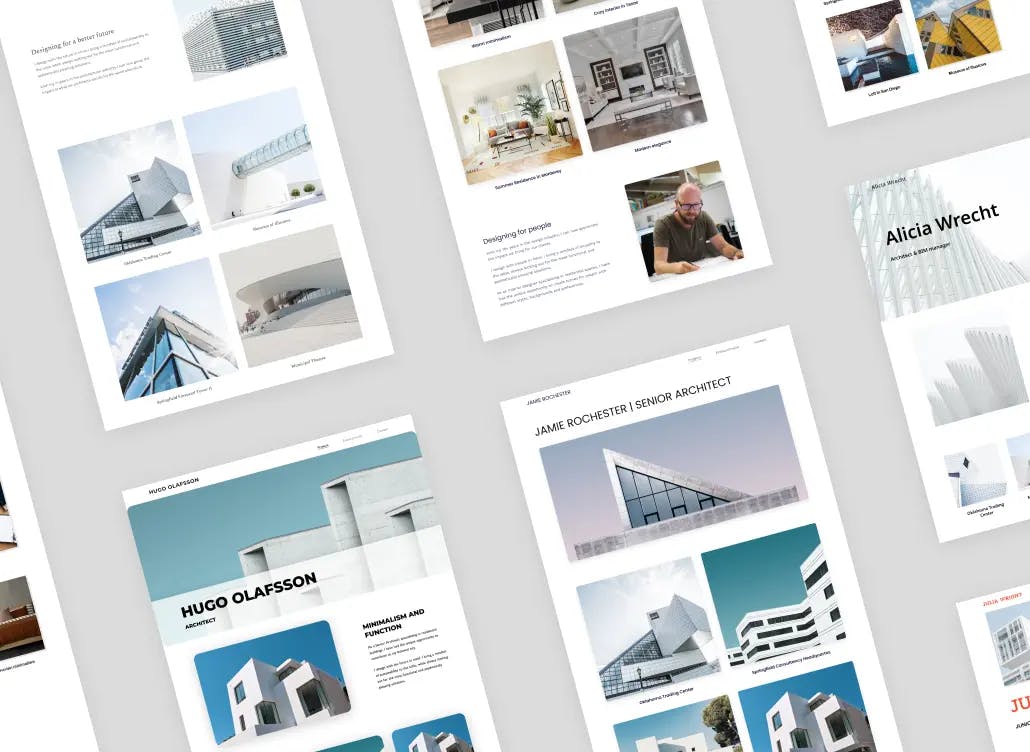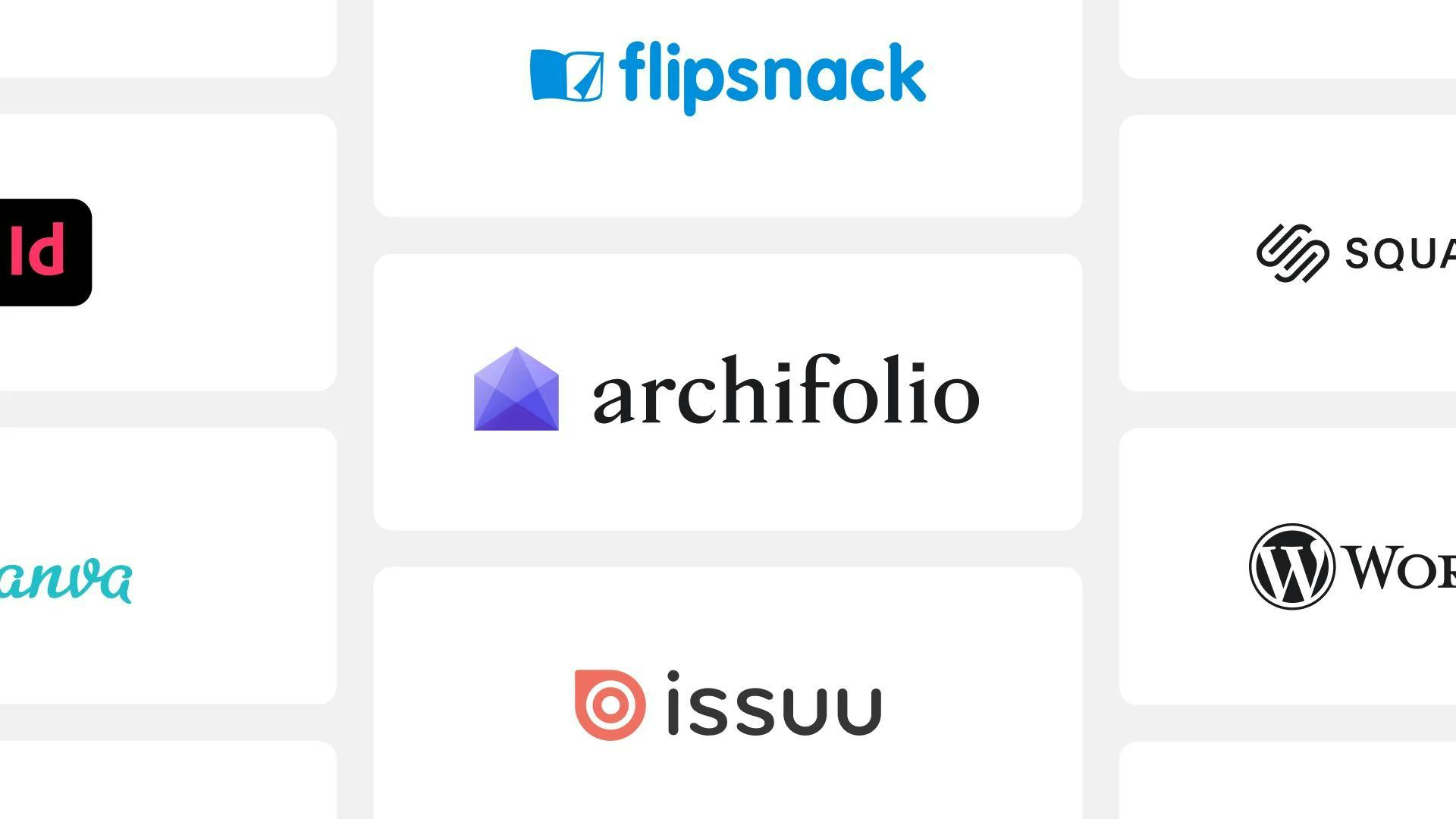
A Day in the Life of an Architect - Interview With Sarah Lebner
What does a day in the life of an architect truly look like? No surprises when I say: it’s really busy. But it’s extremely rewarding at the same time.
We sat down with Sarah Lebner, an inspiring architect, and director of her own practice, Cooee Architecture, on a Friday afternoon, after a long week of projects, tasks, and family happenings. We asked about what her day looked like, so aspiring architects can see why it’s worth sticking to this amazing profession.
Meet Sarah Lebner

Sarah is an established architect and an AIA National Emerging Architect Prize winner with more than 14 years of experience. She worked as a Principal Architect at an interdisciplinary firm, Light House Architecture and Science, before starting her own practice, Cooee Architecture. Today she’s creating energy-efficient and stunning homes in the rural areas of Southeast Australia.
She’s also well-known for her book, 101 Things I Didn’t Learn in Architecture School, helping young architects jumpstart their careers. What’s more, she started the Career Momentum Course to help young architects bridge the gap between study and practice. She’s also a devoted mother of two young kids, living in the rural areas of Australia with her family.
A Typical Day in the Life of Sarah Lebner
- Waking up - family time
- Morning - work & meetings
- Lunch - family time
- Afternoon - work & exercise
- End of the workday - planning
- Dinner - family time
- Evening - winding down
Archifolio: What’s Your Morning Routine Like and How Was It Today?
Sarah: When we get up, it's just the morning routine with the kids. Occasionally, I will get up earlier and go for a walk up the hill, but usually, it's just getting the kids ready.
My day is very intertwined with family, even though I think I have quite good boundaries and work-life balance.
This morning after the kids were ready, I dropped them up to mums for the morning. Then I came back to my desk at about nine o'clock.
A: How Does Your Workday Start?
S: I had a meeting with some remote clients today, we had an interior design session. We reviewed what I had drawn up and talked through a lot of materials and details going through lighting, and electrical.
That meeting probably took about an hour and a half. It's really nice to type up the minutes straight afterwards, and shoot off a couple of things to some consultants, so I can have that little parcel of notes to come back to.
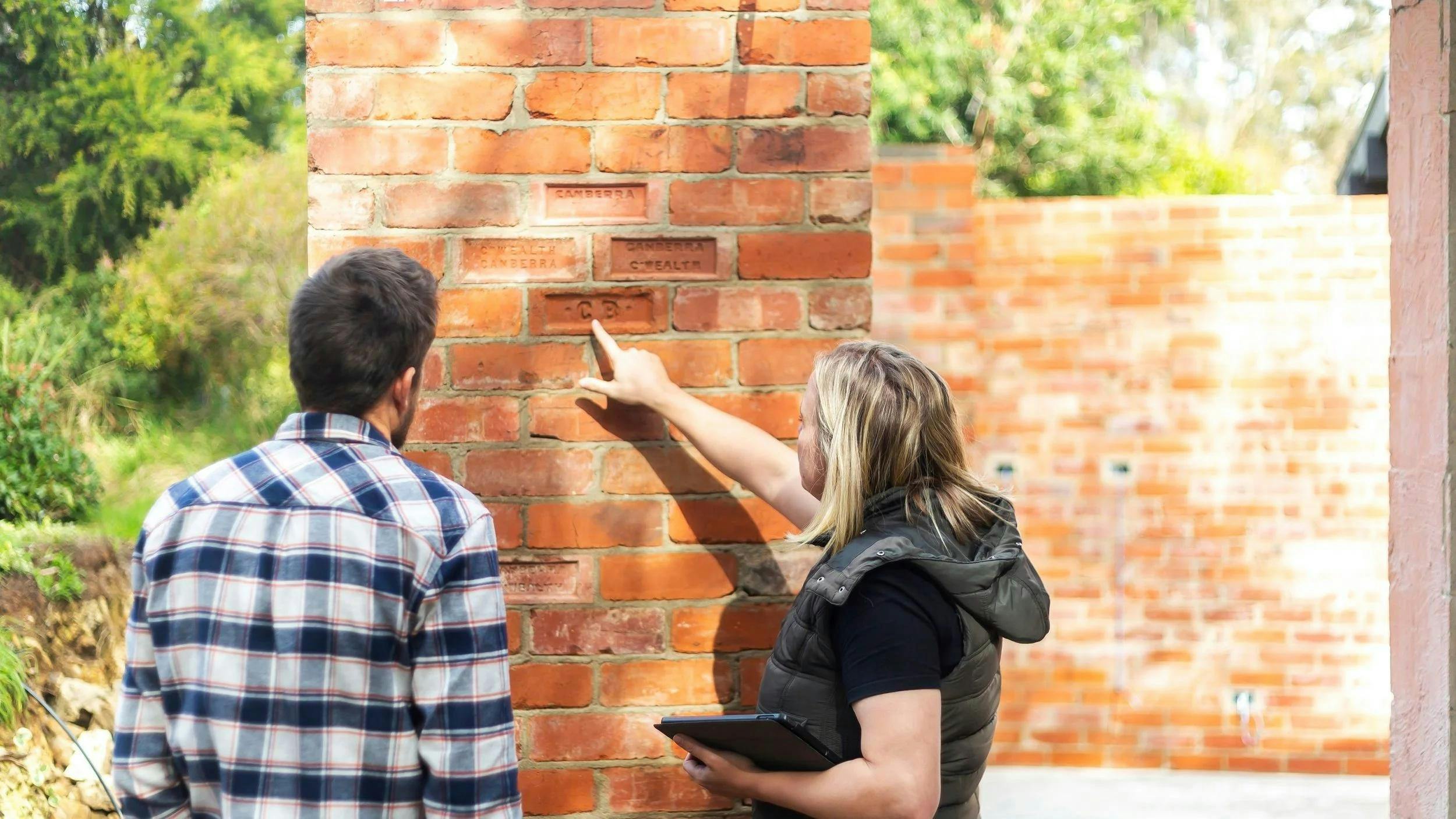
Then I was off to pick up the kids from grandma and grandpa and do the whole lunch routine. Put them down to sleep, and then I usually swap with my husband in the middle of the day. So in the afternoon, I can get a nice big chunk of work done.
A: What’s Your Afternoon Like?
S: This afternoon I did some of the little things. There was a lot of non-design stuff, which is really common, especially when you're running your own business.
- I did the post for the Australian Architects Declare Instagram page where I’ve been guest posting this week.
- Followed up on a quick query from one of my contractors, aka my friend who does some contract drafting.
An important piece of advice for sole proprietors: Don't think of outsourcing as something that only large practices do. A classic example is photoshopping. I don't have Photoshop at all anymore. I know there are other people that can do that better and quicker than me. That time is just so much more valuable to me because it’s time I don’t have.
- I then worked on the family schedule for the next three weeks. We have quite a detailed schedule of who's working when, where the kids are, and any appointments we need to get to.
- I had a chat with a person that potentially I'll employ, so I was looking at some human resourcing stuff.
- I wrote the seasonal newsletter for my business. It’s for building a relationship with interested clients and putting a lot of free information out there to help more than just the people I work with directly.
- A little bit of business planning. I’m working with a coach, so I have homework in terms of how I’m planning to grow the business.
- I did a little bit of work for my side hustle. I was setting up our next live mentoring workshop for the Career Momentum Course.
- And then I finished with something easy because it's a Friday afternoon. Next week, I'm presenting at a regional architect's conference. I was working on the presentation, which is a nice, easy Friday afternoon thing.
And then I always finish my week with planning tasks for the next one. This is a critical thing that I've found works well for me.
I don't want to start on Monday with figuring out what the next priority is. So, I set out what I'm going to do next week, and which days I'm going to do it on.
It can be flexible, but I just love turning on my computer and jumping straight into it. It helps with my stress levels and makes my tasks seem more manageable. Then I get it done and have this really good feeling at the end of the week.
I usually fit exercise into my work blocks of time. Someone said: treat exercise as a business strategy. It’s 100% true because if you're not exercising, staying healthy, and mentally healthy, you're not prepared to be running a business. Now I think of exercise more as part of my business time. It often happens right at the end of the day.
A: What’s Your Evening Routine Like?
S: When I finish up in the evening, it's usually almost dinnertime. It's nice to just wind down and have dinner with my family, and send the kids off to bed.
I'd love to say that I retire to the study and sketch for an hour, or that I read architecture magazines. But as a typical couple, we usually just collapse on the couch and watch Netflix. Though I do flip through architecture profiles on Instagram while I watch TV. Also, I have a pile of architecture books and magazines that sit beside me that I hope to read one day. But I'm just not in that stage of my life at the moment.
A: What’s the Difference Between Your Work Days Now and When You Had Your First Architecture Job?
S: It was completely different than now, or in my previous senior position. Just like with any other job, you don’t have control over your schedule. Even after you have kids, it doesn't matter what the weather's doing, how you're feeling, or how much sleep you've had, you're meant to be there at a certain time.
Then, in the very early days, not only are your tasks set for you, you often have to ask a lot to learn what you're going to do. And the big difference as you become more experienced is that it allows you to structure your day. So if you're having a rough day, you're not feeling it, you can just pick something easier to work on.
And the social aspect was very different too. At a good firm, it's very social and fun, and you have lunch together. Now that I'm working by myself, I have to recreate those networks in other ways.
And the work itself: the main difference is that when you're employed, typically you're doing more tasks like actual documentation, design, talking to consultants, and such. Whereas now business management, social media, accounting, and working out legal contracts are a large portion of my work. They're definitely things you have to want to do if you're starting your own practice.
But it’s also an interesting career phase. You can leave work at home, you have less than you could carry. The trickiest time is when you’re getting more senior, and you have more responsibilities. Your work is a heavier load, more hours a week.
If you’re still not loving it then, and you still can't find that autonomy, mastery, and purpose– the three things that make us happy–, then that’s a sign that you may need to move on to something new.
The flip side is that it was much less stressful. It’s a huge risk and responsibility to start your own practice. You have the pressure of everything on you. You have to find the work, make the clients happy, and you’re the only person they can talk to. It’s definitely not for everyone.
But even though I worked at one of the most flexible, friendly, and supportive practices ever, I wouldn’t change the freedom of working for myself. But the bottom line is that you have to know your priorities and the life you want to live.
A: How Do You Manage Your Workload? What Do You Use for Planning?
S: For business planning, I have a pipeline of projects in Excel. It sort of looks at the typical project stages over a calendar and shows them all staggered against each other. But I'm refining it as I'm only in the first year of my own practice.
Then I use Notion for all of my project management tasks. It organizes all my information about leads, projects, meeting minutes, and tasks. I refer to it when I'm doing my schedule for the next week.
Also, I’m using Toggl Tracker to track my hours. Even though a lot of solo practitioners don't do that, I think it will be useful data to see how much time I'm spending on different projects, stages, and tasks and compare it to the fees I charged for it.
At first, it was just to see if our new setup will work and if I can get enough hours in. But now I’m also looking at the kinds of tasks I do. I reflect on which things I like doing, and which things I don't. It helps me see what I can delegate since I'm also preparing to have an employee soon.
There's a great book called The E-Myth by Michael E. Gerber, a classic. They talk about designing your business as if you're going to franchise it. It’s helped me a lot in setting up stuff. And while I'm listing books, another great one is Profit First by Mike Michalowicz. It gave me the best advice on how to organize my finances starting out, making sure you're investing to do the things you want to do.
This is my system, but since people are really different, it’s important to find something that works for you.
A: What Is It Like Being an Entrepreneur and Having a Young Family?
S: Since we live in quite a rural area, there's very little childcare. But we have a bigger team with my husband, my mom, and my dad. We have this crazy schedule where we all work together to look after the kids and work on the farm, so they support me to run my business.

An essential skill that has helped me loads is being really good at compartmentalizing. I don’t work over the weekend, and I don’t worry about work things overnight.
I know that it's a really challenging time for young architects when they're considering balancing family with running their own practice.
“I was keen to share my day and show that running a business and having a young family is possible and it can be really enjoyable.”
Let’s Talk Portfolio: Sarah Lebner’s Architecture Website
Sarah has a company website for Cooee Architecture. It starts with an eye-catching hero image and tagline, after which comes a friendly introduction of herself. It's always nice to put a face to a name, and her introduction does an excellent job of making her feel approachable.
It's clear that she has put a lot of thought and care into creating a portfolio that not only showcases her work but also allows you to get to know her as a person.
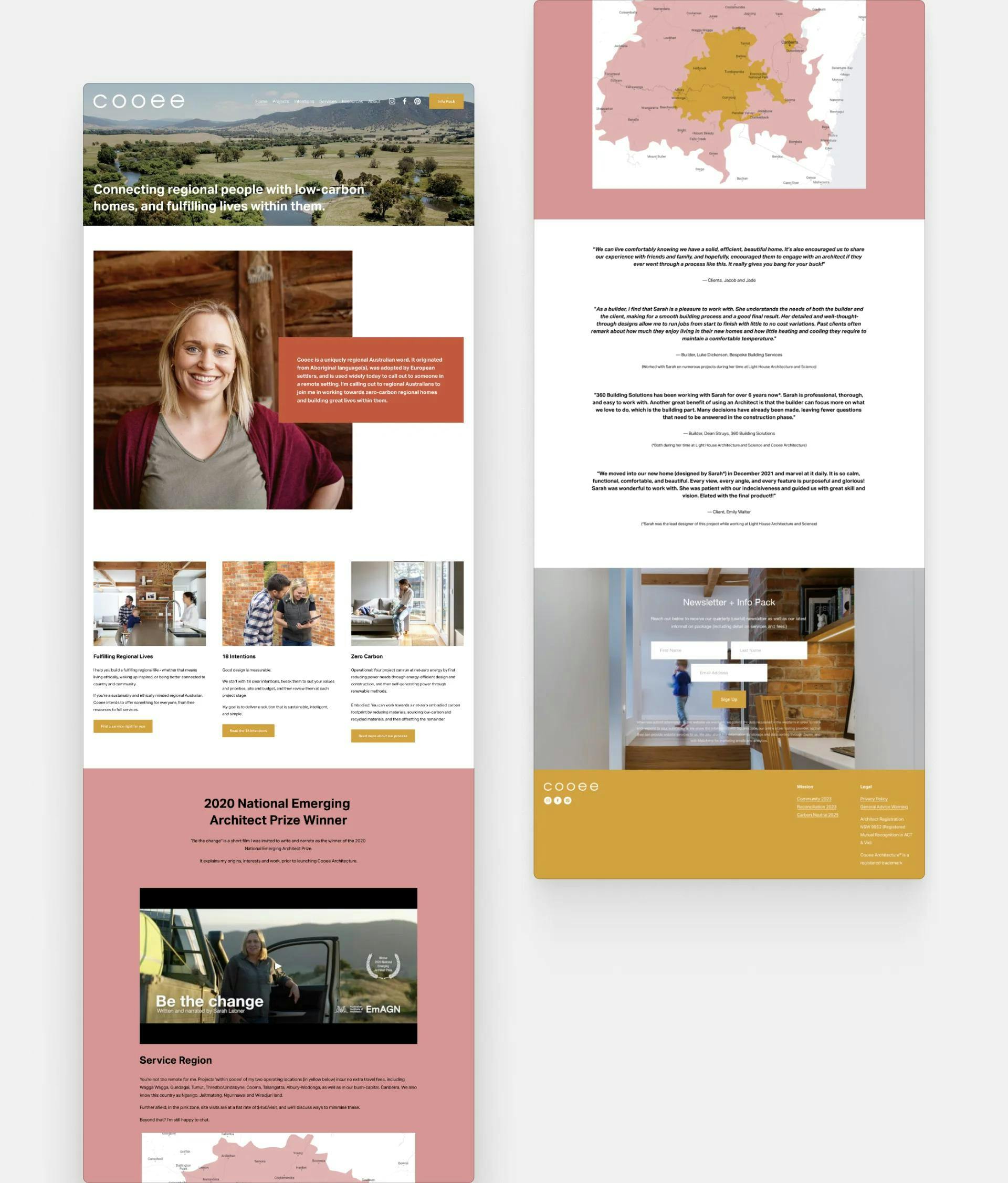
She’s also included convincing testimonials from clients. It's one thing to claim that you're good at what you do, but it's another thing entirely to have satisfied clients who can vouch for your work. These testimonials demonstrate that Sarah is not only talented but also dedicated to providing top-notch service to her clients.
If you have a video resume, it couldn’t have a better spot than your home page, and that’s where Sarah’s is. She also included Call-to-Actions both on the top and bottom of her page.
However, the most interesting point about her portfolio is that she has only featured one completed project on her website.

“I only have one finished and photographed project. So, how do you start a business and promote yourself when you've only got one project? What I've done is talk about the process and deliverables. If you jump on Cooee’s website, for example, there's this list of 18 intentions.
Clients see it, and they immediately relate to it. But then the other benefit is the ones who don't relate to it, don't bother contacting me. They are the people who've emailed a hundred architects, and they're not really a great match.
It’s all about evidencing architecture, which is explained in Why Architects Matter by Flora Samuel. We, architects, think that we have to have these finished images. And while the images are super helpful, we know there's much more value in what we do.”
Sarah has an information package that people can download once they're serious. This way, leads that come in have realistic expectations about budgets and the project type, which makes the whole conversion smooth.
Sarah’s day is an inspiration to us all: setting clear and effective boundaries, being in the right mindset for work, and taking the time to maintain our overall health is the way to a fulfilling career.
If you’re ready to make the next step, get started on a portfolio that helps you get there.
